Where did sport disappear?
Monday, 03.11.2014.
16:56

Where did sport disappear?
Serbia won, says UEFA, but those points have been deducted due to the poor organization of the match, the pitch invasion of hooligans and the attacks on players of the visiting team. The media is awash with pictures of the hooligans running across the pitch, prompted by the “descending drone”.After Genoa in 2010, after Kruševac in 2012, now the “Humska case” casts a dark shadow on everything positive achieved by the athletes themselves in the previous year. And there is certainly a lot of that for such a small and poor country.
Novak Đoković is a world tennis legend, our ladies tennis players are at the top of the world game, our water polo team runs rampage at international competitions, our basketball players shone this summer at their world cup – these are just some of the big things achieved by Serbian athletes recently.
Even these national team footballers represent their country and their sport in the best way at their clubs across Europe.
Serbia is a land of sport, but it is also a land of hooligans that the government does not want to deal with.
I have spent years following the “hooligan – sport” scene in Serbia and the conclusion is clear: organized gangs of hooligans are instrumentalized by people around sport and politics. They carry out violence and terror in the stands and in the streets, and those who use them as instruments, politicians and “club owners”, conduct violence in the sport itself.
We all see what hooligans do, but what their bosses do often remains in the zone of the unknown, because they move in the institutional environment that they created themselves and that enables them to make incredible earnings from parents and their talented sporting children.
One study by Deloitte a few years ago showed that Serbia is in the world’s top five countries in terms of the number of exported footballers. These are most commonly older teenagers or younger senior players, who are in some kind of slave relationship with their “managers”, who recruited them early and took advantage of poverty stricken parents to “buy” them for a small amount – though of course, not without the consent of the clubs and sporting association.
Nobody could advise those parents, because they know that if they are not exploited by a manager then someone at the club will do that, because clubs do not exist to enable children to develop normally, but rather to make multiple earnings from them.
That’s how it is in football; that’s how it is in basketball, that’s how it is in tennis... wherever it is possible to turn over a bit more money.
The state has withdrawn and left the sporting halls and pitches to tenants, while sport has been expelled from school because even school gym halls have been leased out. There is no possibility that a child can be involved in sport that does not empty the pockets of parents, while at the same time the state subsidizes numerous clubs with millions of euros without any kind of control or without any result.
Political parties convey their mutual friction on the sporting pitches and political figures head sporting federations, while hooligans direct the masses of fans using the instigator tactic.
Because of that it is possible to more easily identify with the perpetrator behind whom someone powerful always stands, rather than with some footballer or basketball player from Serbia who excels every weekend.
That’s why it is important to try to turn things around and to try to put pressure on decision makers to implement reforms in the field of sports and physical education, with the aim of popularizing sport and promoting healthy lifestyles. Here our state and its intervention is more necessary than in some other things, where it is heavily involved and should not be.
For a start it would be enough to return sport to schools and physical education teachers to school sports hall and give children the chance to develop normally. One study by the Ministry of Education showed that the majority of school directors in Serbia are actually teachers of physical education. And then motivating people with money to invest in sport and not snatch kids from their parents and then snatch the future from those kids.
When the children in our schools are again able to go back to the “sports section”, when the family can be together and carefree in enjoying football or basketball, without fear that someone will hurt them, when the government decides that the priority at stadiums will be given to spectators and athletes, and not hooligans and managers, then we will perhaps be on the road to healing the culture of sport in Serbia.
This article originally appeared on the CorD Magazine website


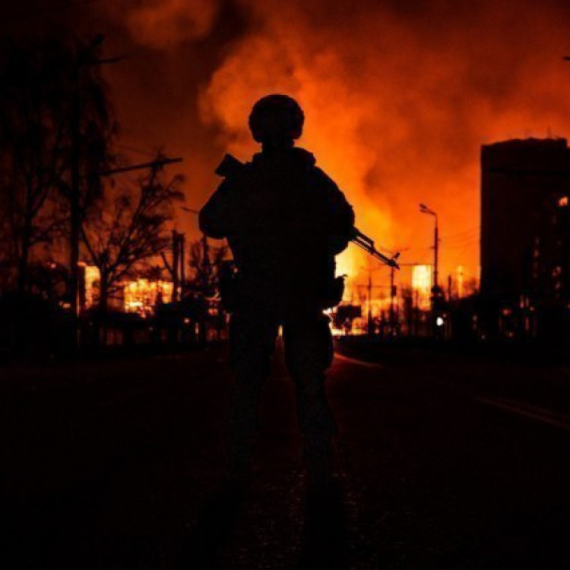

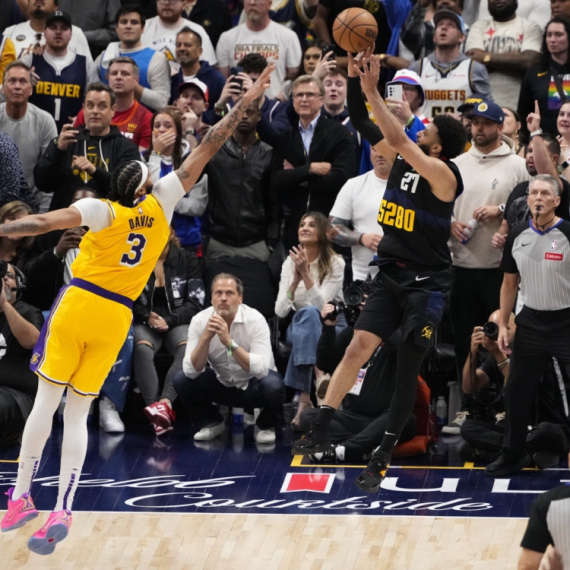
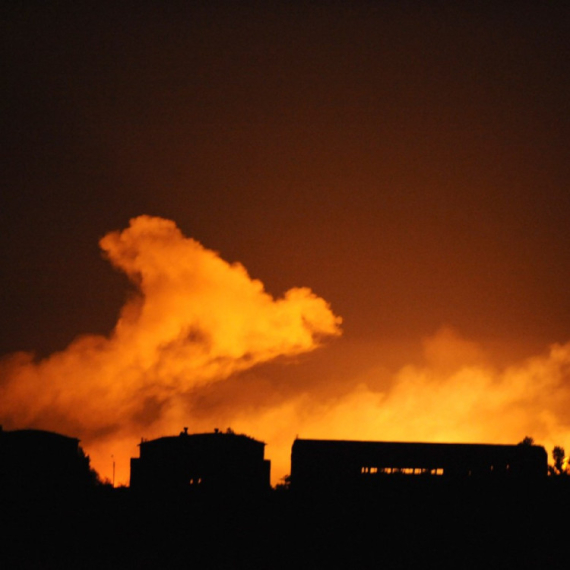
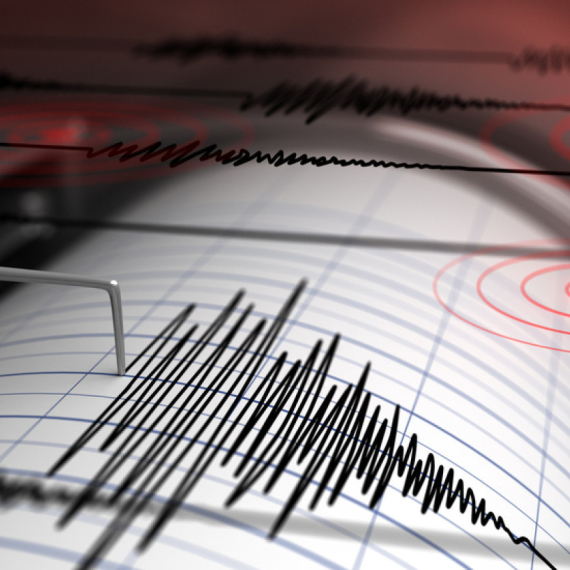



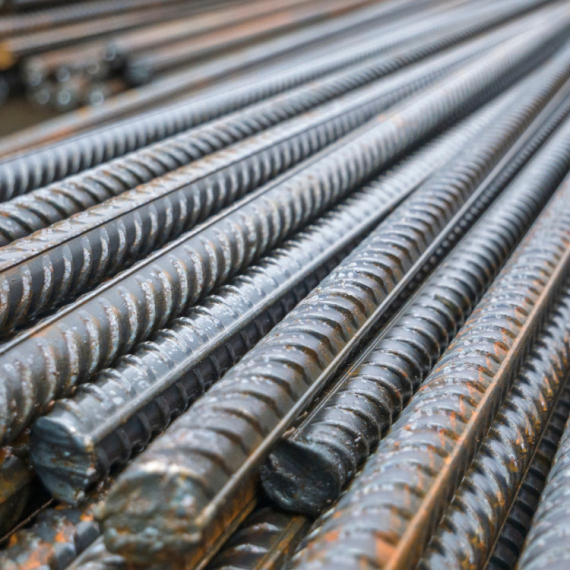
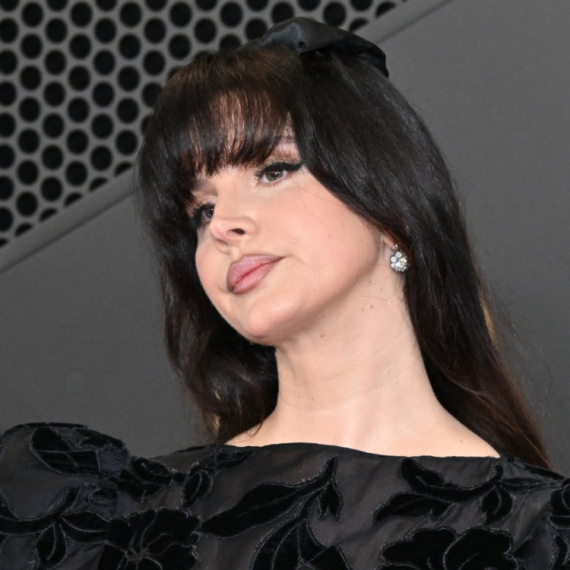
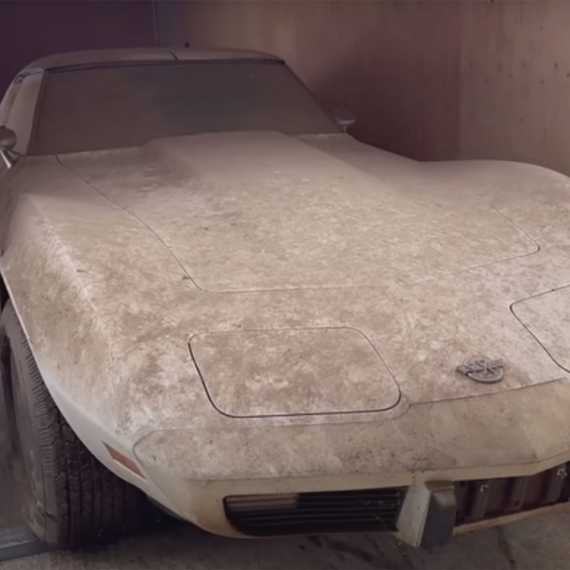
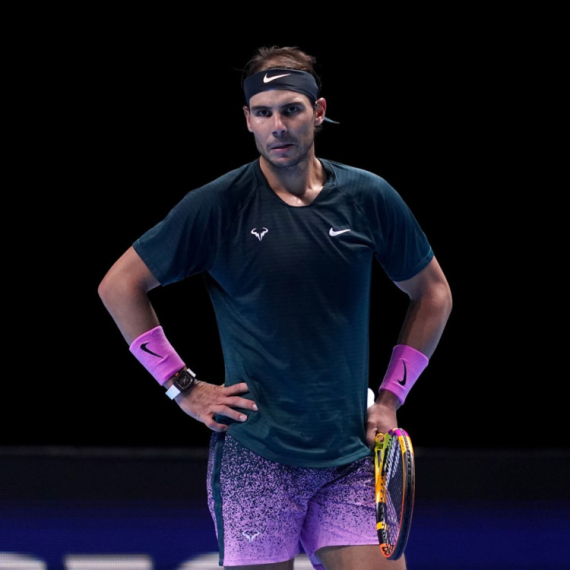
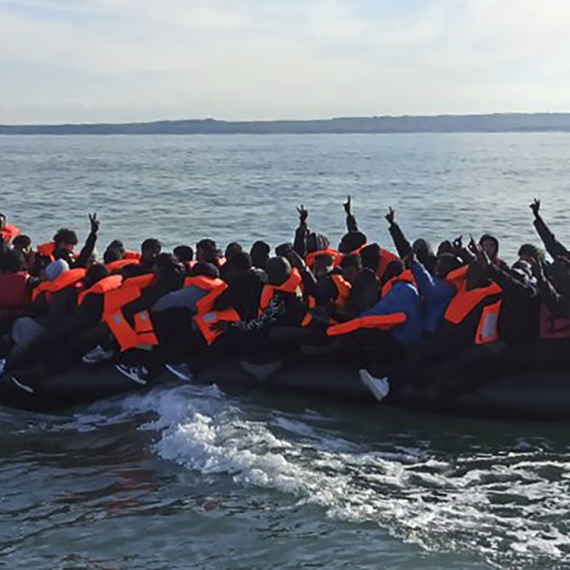
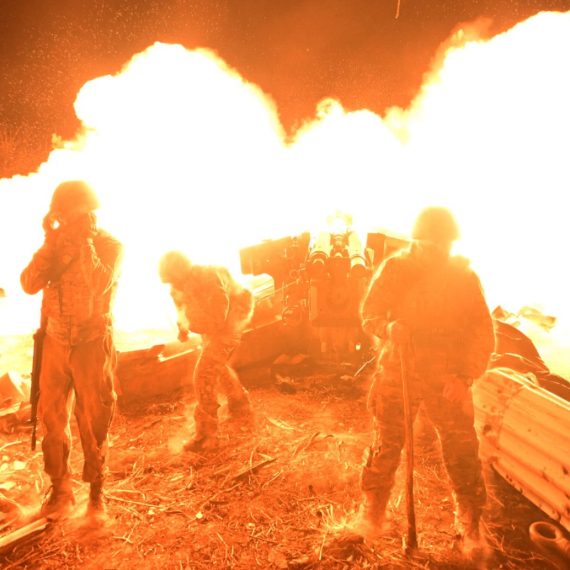
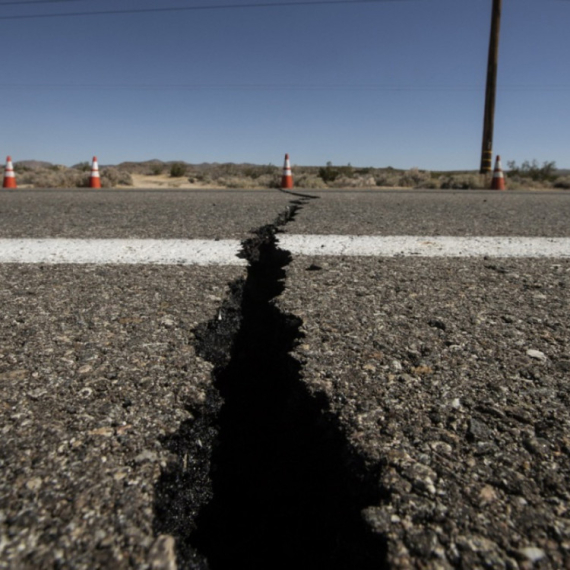
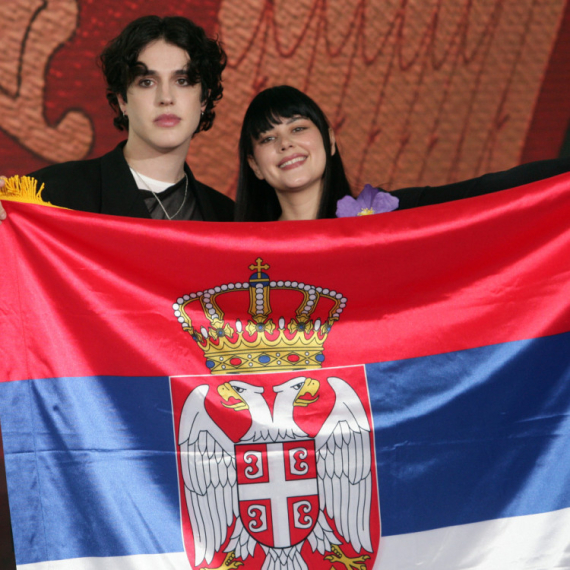
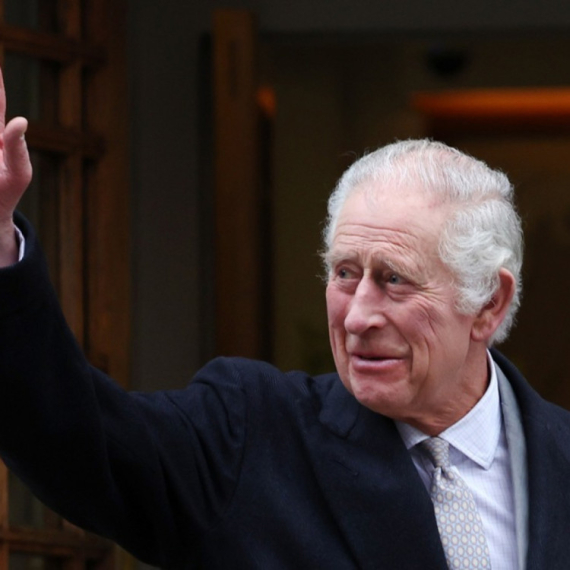
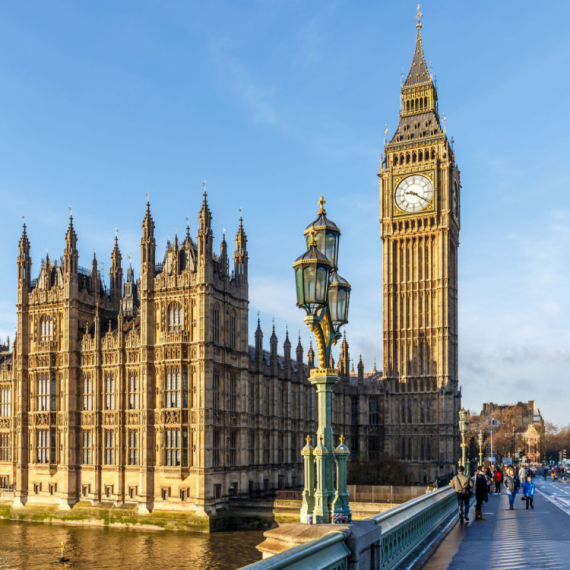

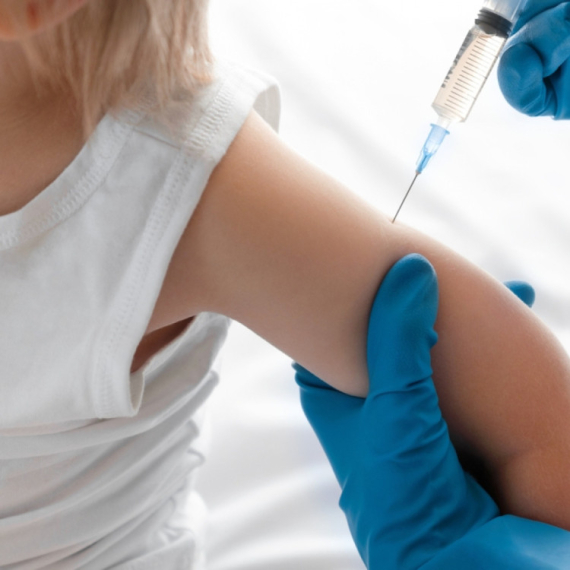


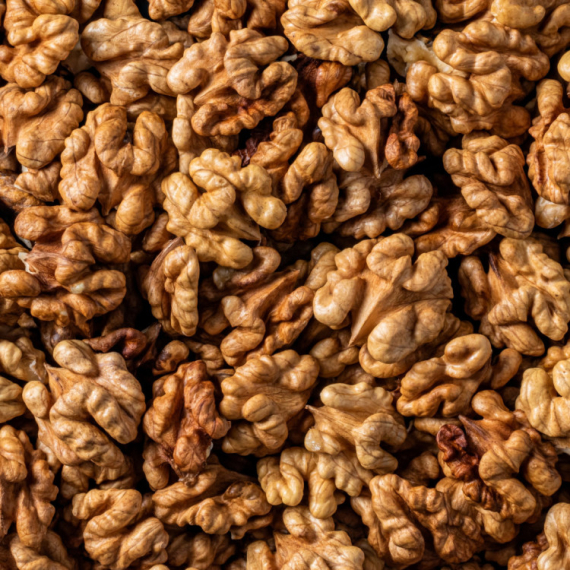

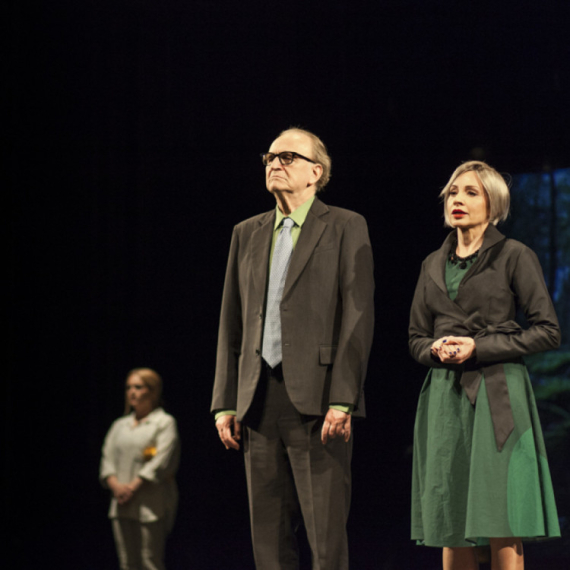
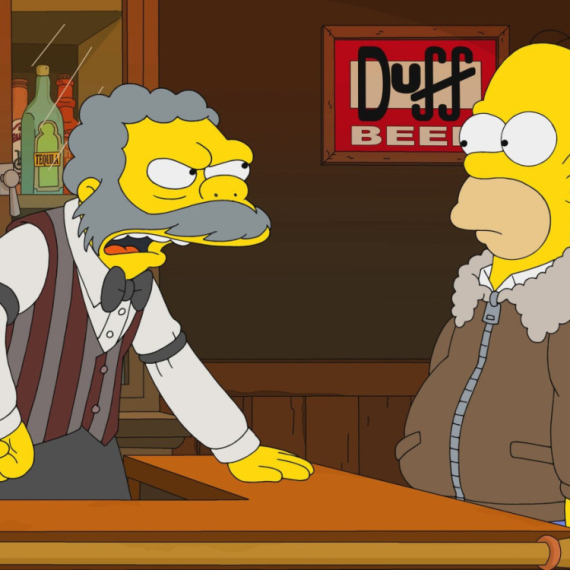
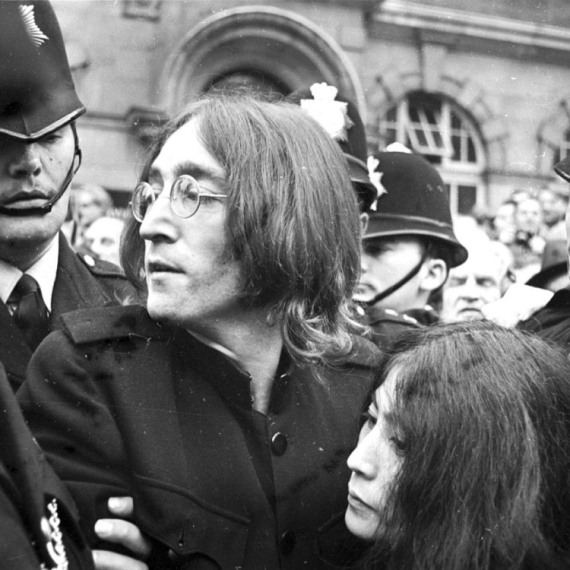
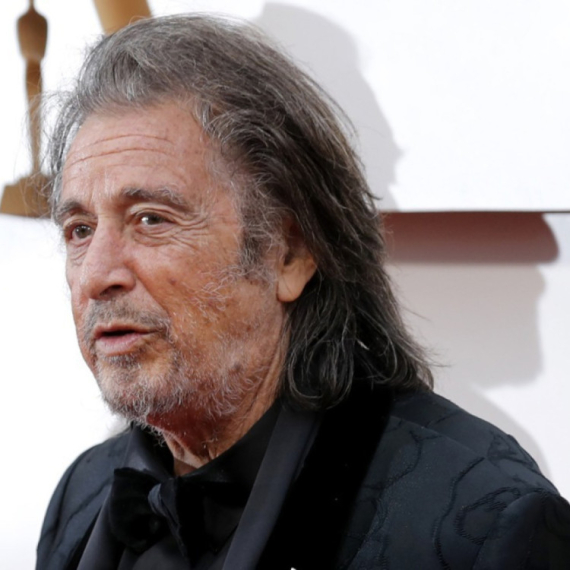
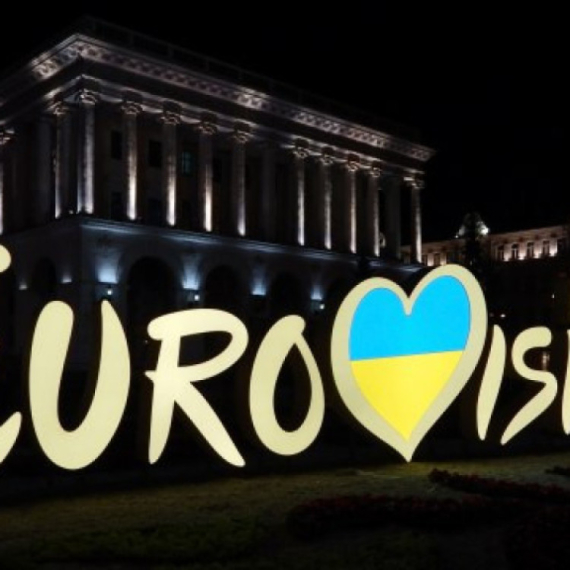





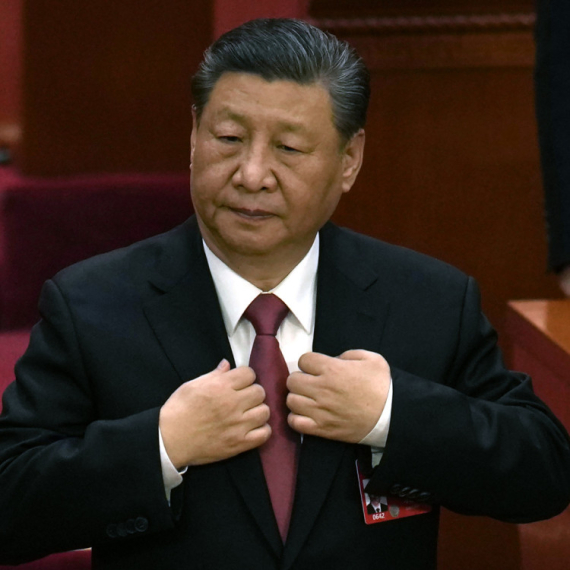
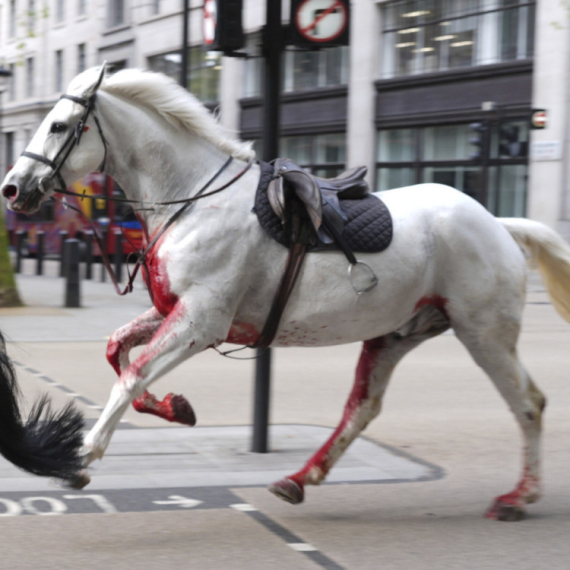
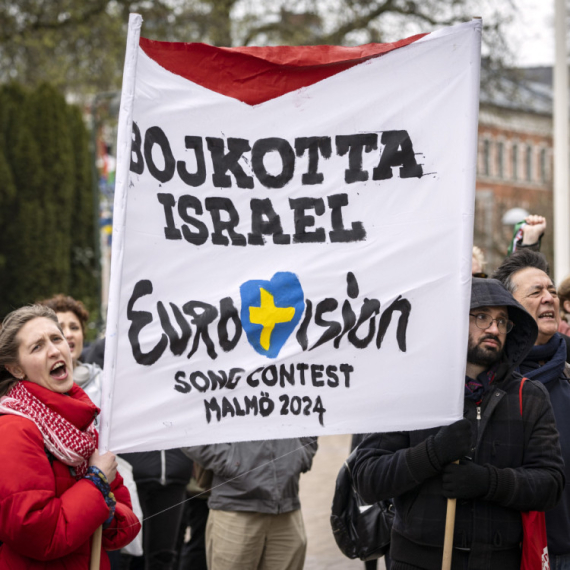
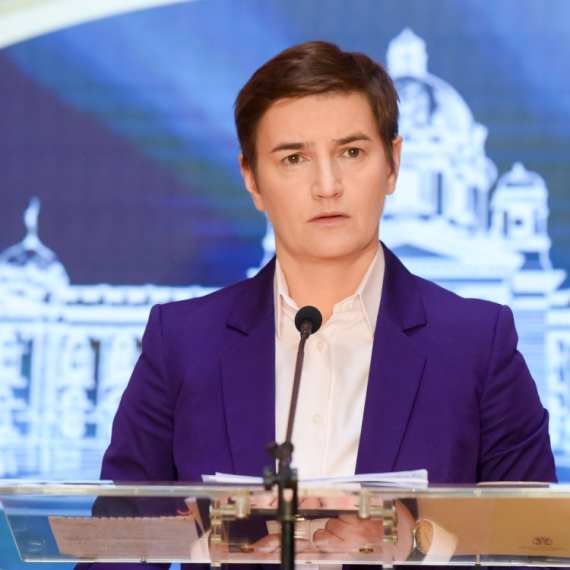
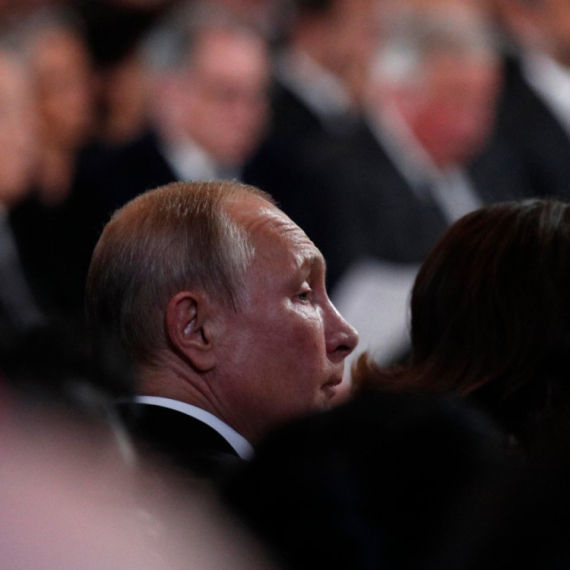
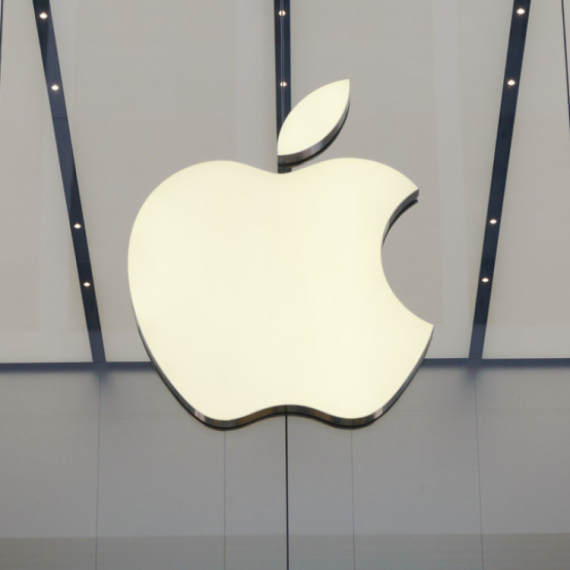
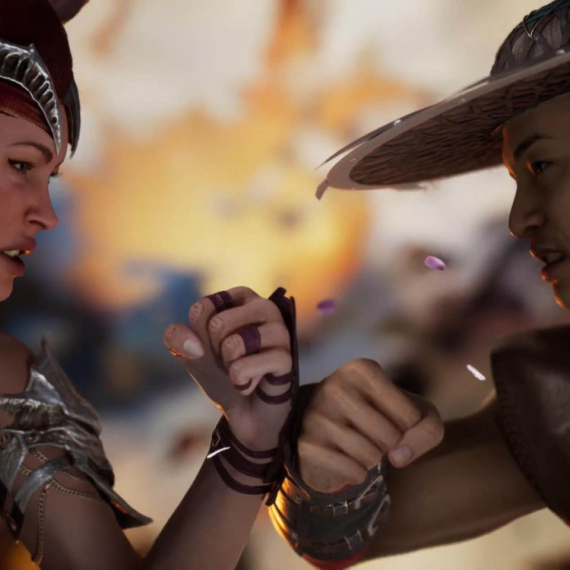
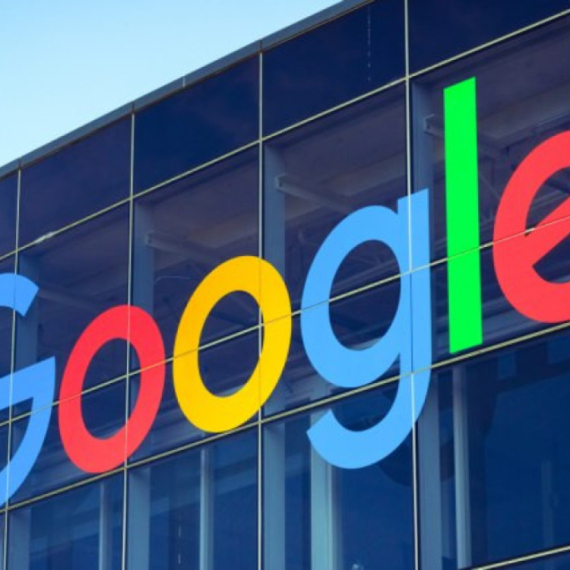
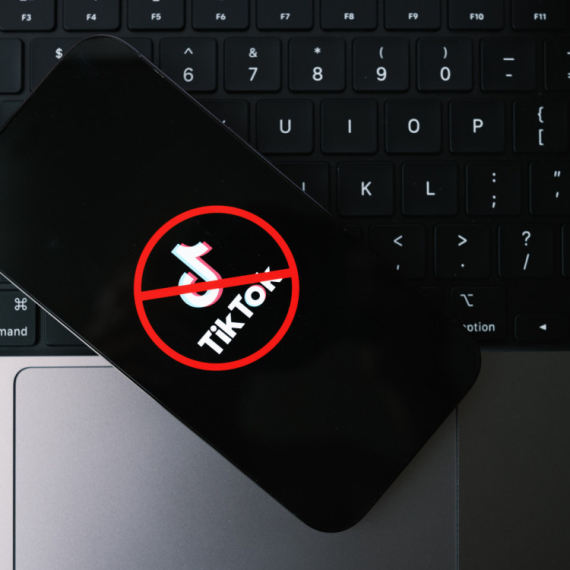
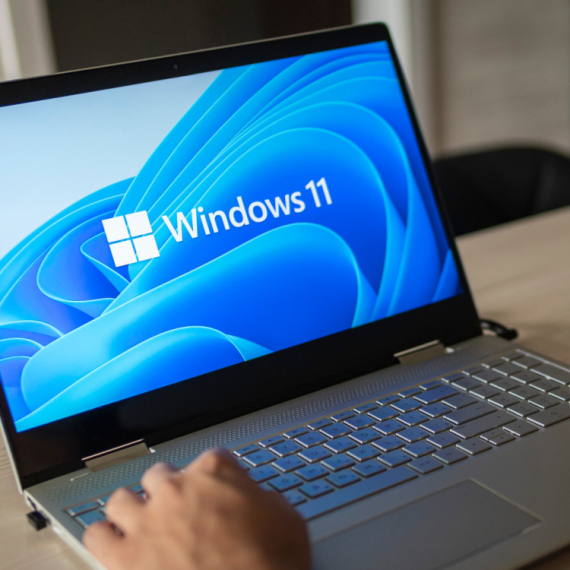


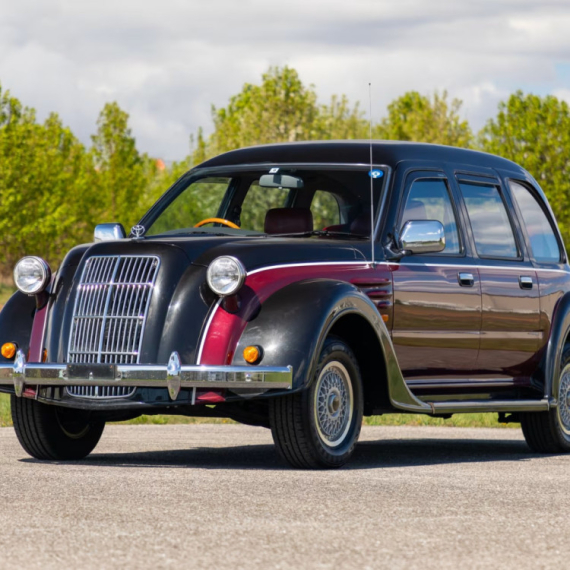

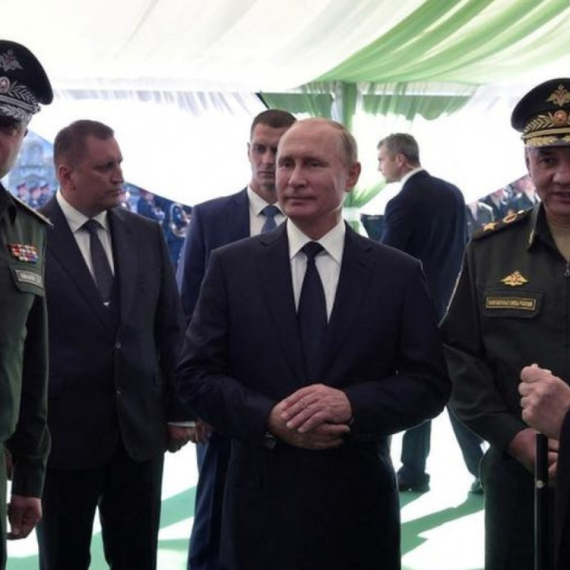
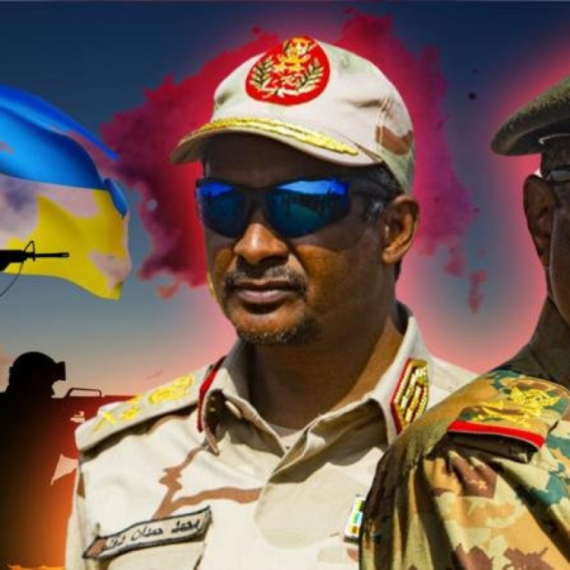
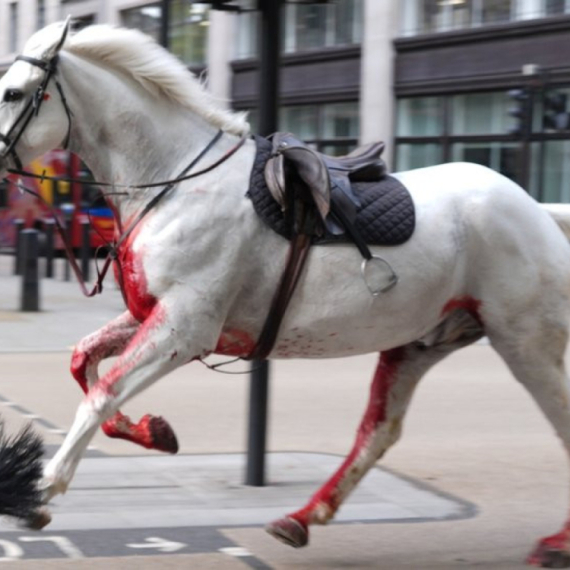
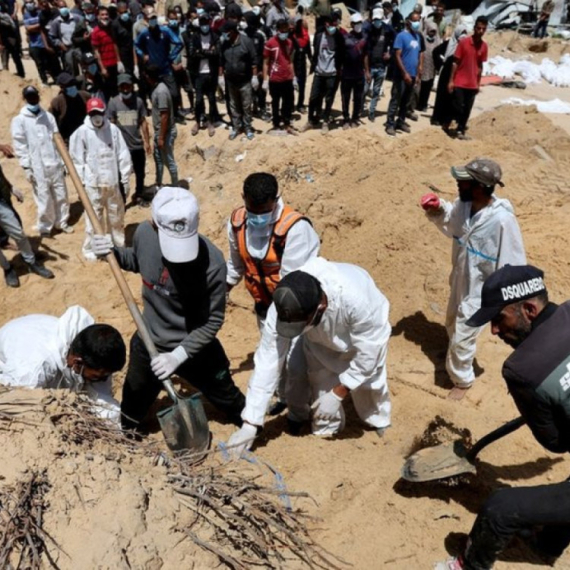


Komentari 3
Pogledaj komentare